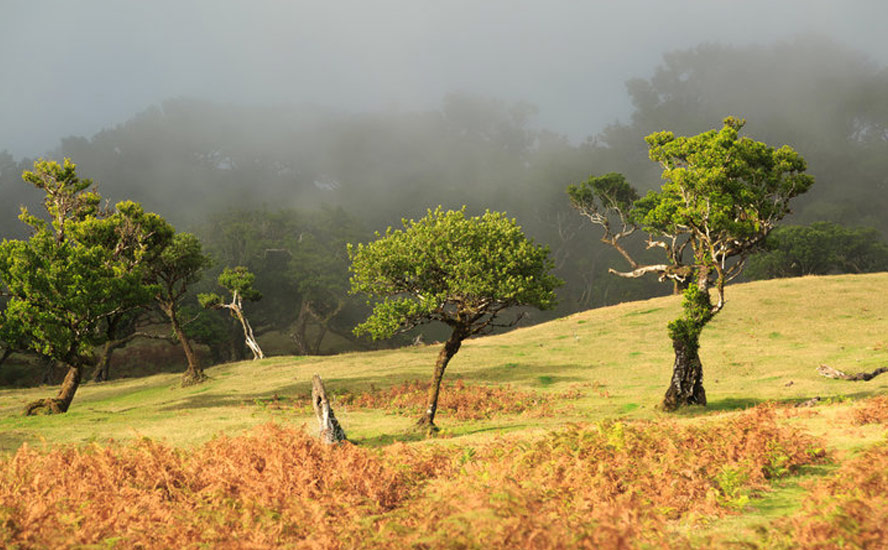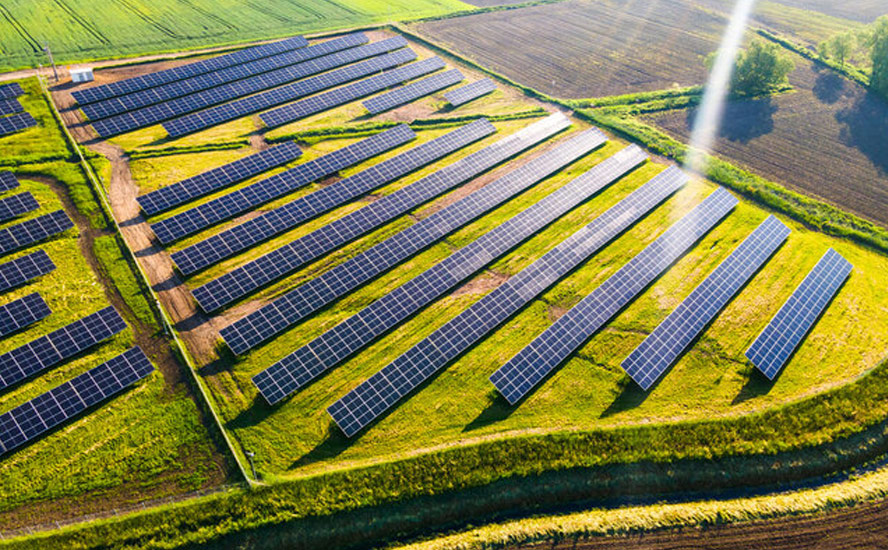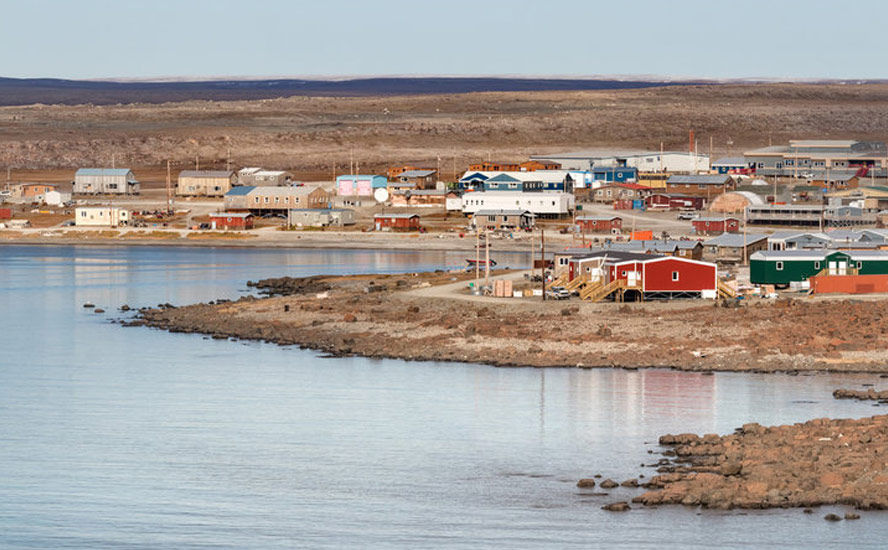Top reasons to suffer summer blackouts
2022.06.07
While the Covid-19 pandemic was dominating headlines in 2020, another major crisis was also wreaking havoc in the world’s largest: power outages.
The US experienced about 1.33 billion hours of power outages during that year, which was 73% higher than in 2019. On average, each person spent over eight hours without electricity in 2020. That, according to EIA estimates, is more than twice as long as the average American went without power in 2013, the year the agency started keeping track of this data.
Following what was a record-setting year for power outages, Americans again suffered severe electricity shortages in 2021, beginning with the winter storms in Texas that left 4.5 million people without power, which was the worst energy infrastructure failure in the state’s history. Then, in August and September, another 1.2 million customers lost power across eight states because of Hurricane Ida, adding to the US energy woes.
While we do not want to be the bearer of bad news, it looks increasingly likely that the trend of yearly major outages may well extend to this summer (and many more to come), when the weather conditions worsen. Already, as many as 40 US states are experiencing longer outages, with the regions seeing more extreme weather being most affected, US Department of Energy data shows.
Whether it be winter storms hitting the Northeast or hot summers spawning hurricanes in the coastal areas, weather disasters aren’t the only forces behind America’s power outages. There’s a confluence of factors related to the nation’s energy system that is elevating the risk of energy emergencies in some states.
- West Coast Droughts
Long-time residents of the West Coast are probably no strangers to severe droughts during the summer season, as well as the ripple effects this extreme climate condition has on the region’s energy supply.
In 2021, the West Coast had one of its driest years ever recorded in the region, extending the so-called US West megadrought to 22 years. In fact, this “megadrought” deepened so much last year that it is now the driest in at least 1,200 years and is a worst-case climate change scenario playing out live, a recent study finds.
Things aren’t looking any better this year either, with the National Oceanic and Atmospheric Administration (NOAA) forecasting above-average temperatures for most of the US through June.

What this means is that more rivers and reservoirs from the Rocky Mountains to the California coast could be choked off, threatening the reliability of power grids during the summer months.
California officials have already warned that some of the hydro dams feeding off its major reservoirs could be shut down if they aren’t able to pump out enough electricity. Last year’s drought led to a five-month shutdown of the dam at Lake Oroville, the state’s second-largest reservoir.
During a trip to the dam last week, Governor Gavin Newsom told reporters that: “It happened. And the prospects that it will happen again are very real, particularly because we had the driest January, the driest February, and driest March in California history.”
BloombergNEF forecasts that hydropower generation in California and Oregon’s Bonneville Power Administration, together, is expected to drop about 2% from last year.
- Heat Waves
As the historic drought continues to limit hydroelectric power on the West Coast, the extremely hot weather during the spring-summer period is concurrently threatening more power outages across the region.
Although the heat wave itself causes no damage to power grids, it generally results in increased power demand as people increase their usage of air conditioners, which can overload a power grid.
Last summer, the California ISO ordered rolling blackouts after electricity reserves dropped below a critical threshold during the August heat wave.
The threat of power outage not only applies to the Western states, but the rest of the nation. The Midwest, in particular, is facing an electricity supply shortage as some power plants have shut down, cutting its generation capacity by 2.3% since last summer.
The North American Electric Reliability Corporation, a regulatory body that oversees grid stability, previously issued a warning that electric grids serving more than 40% of the US population were at risk of outage.
- Delays in Renewables
As the reliability of existing power plants continues to be threatened by extreme weather, doubts are also creeping up as to whether new power-generating facilities can be built as planned.
Supply chain disruptions around the globe have delayed the completion timelines on many solar projects in the Southwest, while America’s coal plants are also having trouble obtaining fuel amid increased exports. US power company Southern Co recently said nearly a gigawatt of its planned solar energy projects would be delayed by a year.
Another looming threat to America’s solar industry is the potential tariffs slapped on four Asian nations that supply its solar panels, which, according to the National Public Radio, are putting hundreds of large-scale solar power projects on hold
The Solar Energy Industries Association (SEIA), a DC-based trade group, estimates that solar installation forecasts for 2022 and 2023 are down by 46%, attributing that to concerns about the federal investigation into these Asian suppliers.
- Demand Resurgence
The power supply woes are exacerbated by energy demand, which is rising again after two years of disruptions amid the Covid-19 pandemic.
The IEA estimated that total electricity consumption in the US last year was about 3.93 trillion kWh, a figure that will rise for at least the next three years, during which power generation is expected to remain stagnant at just under 4 trillion kWh.
Globally, demand for electricity is also surging, driven by the rapid economic rebound and extreme weather conditions in certain parts of the world.
Last year’s 6% rise in global electricity demand was the largest in percentage terms since 2010, when the world was recovering from the global financial crisis, according to the January 2022 edition of the IEA’s semi-annual Electricity Market Report. In absolute terms, the increase of over 1,500 terawatt-hours was the largest ever, the IEA found.
For 2022-2024, the report anticipates electricity demand growing 2.7% a year on average, though the pandemic and high energy prices could still bring some uncertainty to this outlook.
- Reliance on Renewables
The IEA study also found that the switch to renewable energy sources, which produced 6% more electricity last year, could help prevent blackouts and power grid overloads. According to the IEA, renewables are set to grow by 8% per year on average, serving more than 90% of net demand growth between now and 2024.
However, over-reliance on power generated by renewables could actually do more harm than good. The reason? extreme weather.
Indeed, the effectiveness of solar panels and wind turbines in generating energy is heavily dependent on weather conditions; many have attributed the August 2020 electricity shortage in California and the winter 2021 Texas power outage to the regions’ increased use of renewables.

At the same time, early retirement of fossil fuel plants across the country adds to the risk of an energy crisis, much like what happened in Western Europe last year. Even the coal and natural gas plants that continue to operate are running harder, according to NERC, which expects them to break down more often.
Proponents of renewable energy argue that the California blackouts would have been avoided had it not shut down some of its natural gas plants, nor would the Texas blackout happen had the state invested in the necessary equipment to keep its energy systems functioning.
Richard (Rick) Mills
aheadoftheherd.com
subscribe to my free newsletter
Legal Notice / Disclaimer
Ahead of the Herd newsletter, aheadoftheherd.com, hereafter known as AOTH.
Any AOTH/Richard Mills document is not, and should not be, construed as an offer to sell or the solicitation of an offer to purchase or subscribe for any investment.
Legal Notice / Disclaimer
Ahead of the Herd newsletter, aheadoftheherd.com, hereafter known as AOTH.Please read the entire Disclaimer carefully before you use this website or read the newsletter. If you do not agree to all the AOTH/Richard Mills Disclaimer, do not access/read this website/newsletter/article, or any of its pages. By reading/using this AOTH/Richard Mills website/newsletter/article, and whether you actually read this Disclaimer, you are deemed to have accepted it.




























